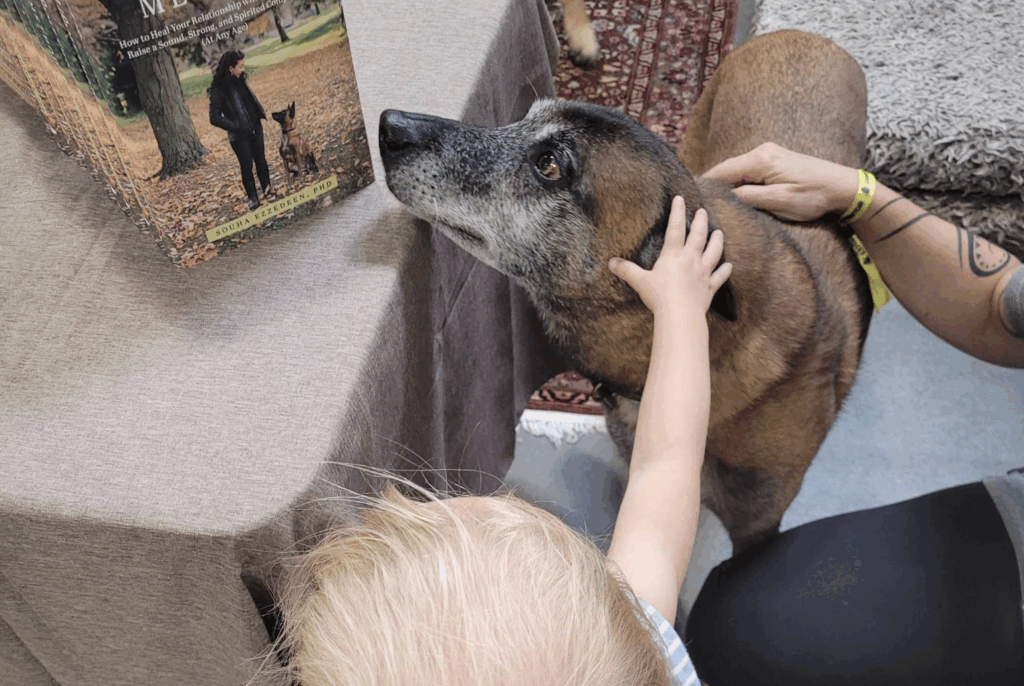
With time, deepening bonds with our dogs, and experience with socialization, we evaluate whether our dog can accept more oppositional forms of socialization, these involving interactions that could be experienced as uncomfortable, invasive, intrusive, or confrontational.
Understand that this is not about trying to make dogs uncomfortable or stressed. Rather, this is about evaluating whether our dogs would be able to handle the invasions of space that unfortunately tend to happen a lot these days—for example:
People coming close despite our preference that they didn’t
Foreign dogs invading our space without permission
People and animals inside and outside the home invading the dog’s space
Children pulling dogs’ ears and tails
People interrupting dogs while they’re eating or sleeping
Veterinary examinations
Grooming
When it comes to engaging with dogs, there are aspects of engagement between dogs that feel confrontational, especially at the start when the two dogs are figuring themselves out. But here’s the thing: when they have experienced being in the same space together (spatial socialization), at a distance from each other (distal socialization), and then in proximity (proximal socialization), they have, in many ways, already met. This means that once we’re ready to take it to the interactional/oppositional level, things are likely to go smoothly.
Environments can also be uncomfortable and feel intrusive and it’s a good idea to practice working our dogs near places including:
Construction sites
School yards
Dog parks
The more relationship material we have, meaning solid primordial socialization and thoughtful unhurried progression along the rungs of socialization, the better our dogs will deal with oppositional socialization. When the dogs know we’ve kept them safe all along, they deal with a sense of being invaded constructively.
Up until now, we will have done everything to protect our dog’s space. We have also been adamant about keeping our dog at our side before sending them out—on our terms—to meet and greet people. Having done that, the dog becomes increasingly capable of handling the invasive experiences that are common in their existence with us humans. We have maturing dogs, sound enough to take things in stride.